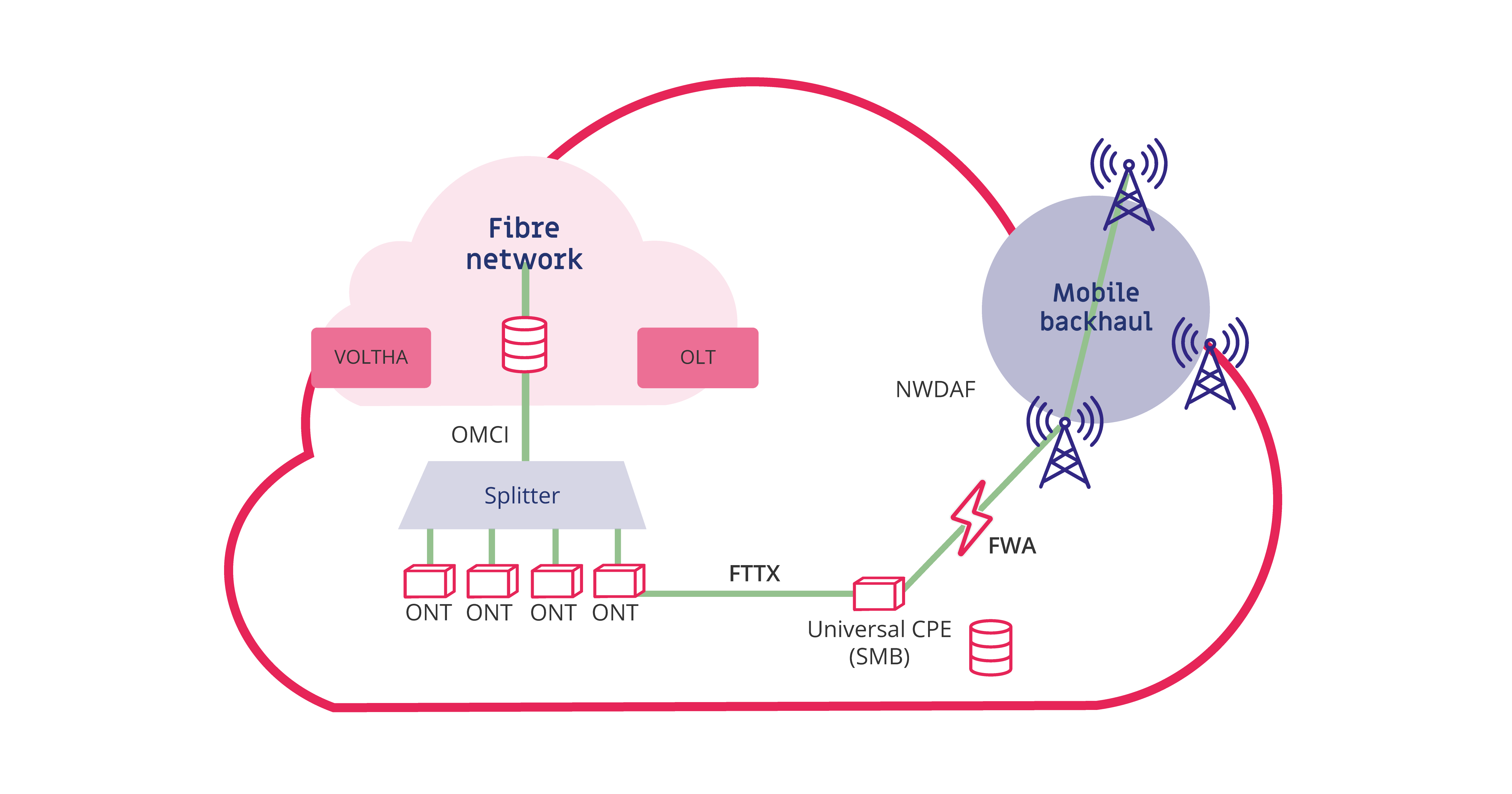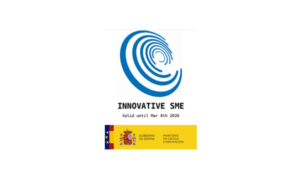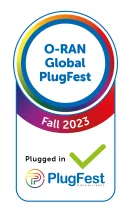The SMEs’ cry for affordable assured services: the revolutionary approach of the 'Converged Access
with ODA' Catalyst
Written by Alejandro Medina, CTO
Published by futurenetworld.net on 7th December 2023
Small and medium size businesses (SMEs) struggle to provide their services when their broadband gets impacted. Most solutions for business continuity today focus on service failure instead of SLA performance degradation. In addition, current SD-WAN and Dynamic Multi-path Optimization (DMPO) solutions are proprietary and expensive, hence they are not affordable and suitable by SMEs.
It’s interesting to note that the market in consideration is represented by 145 million SMEs and is set to grow to US$800 billion by 2027. Based on Eurostat research*, SMEs are responsible for over 64% of employment in Europe and contribute to over 52% of the value add of the EU countries economy*. Worldwide, they represent over 90% of businesses and are responsible for more than 50% of employment**. If the business impact of SMEs is so crucial to support the value chain of our society, why, then, their cry for innovative and affordable assured service solutions doesn’t seem to have been heard yet?
Something is changing though, if we consider the Catalyst ‘Converged Access with ODA’, a proof-of-concept recently presented at TM Forum Digital Transformation World ’23 in Copenhagen. A team of operators and service providers put their knowledge and expertise together to provide the perfect answer to the SMEs’ market need and, in doing so, to advance the industry by addressing and solving together a specific market problem, demonstrating feasibility and potential benefits. In this Catalyst, Future Connections joined forces with the operators Claro Brazil, GCI Alaska, NTT Japan, Verizon USA and VNPT Vietnam and with the service providers Brillio, Incognito, NaaS Compass and Red Hat to respond effectively to the SMEs’ cry and capture its market growth by creating a solution that delivers affordable, guaranteed service continuity.
During phase I of the Catalyst, presented at last year’s Digital Transformation World, champions and participants focused on investigating the consolidation of fixed and mobile service networks. The solution achieved a reduction of network access cost by 30%, thanks to network management platforms consolidation and simplification.

During phase II of the Catalyst, a solution was developed by abstracting the access technologies using a Converged Access Domain (NaaS), by using cloud-native architecture and by leveraging predictive monitoring performance Service Level Agreements (SLAs) and close loops. The solution, implemented in the labs of Claro in Rio de Janeiro and São Paulo in Brazil, delivered the desired service continuity at times of network congestion.
The effectiveness of this innovative approach was illustrated using the example of a hotel chain with a failing fibre (FTTx) that impacted the hotel’s SLA. This was due to congestion originated by a sport event on TV that triggered a lot of TV streaming demand, increasing the traffic in the fibre. The check-in of the hotel´s customers, though, did not get impacted thanks to the smooth switching of access technology. When congestion was experienced, traffic was automatically diverted to 5G over Fixed Wireless Access (FWA), as it offered the same SLAs. When congestion in FTTx subsided, the service delivery was then back to the fixed network.
Future Connections made available its NIx Manager Assurance and Automation platform to manage the service assurance part of the solution. The platform implemented APIs in order to collect the relevant network indicators, implement the data analytics to monitor the health of the service and identify the degradation, and trigger the switch to 5GFWA technology for activation ad configuration of the service.
The outcome demonstrated that service continuity can indeed be offered in a cost-effective way to SMEs even at times of service degradation, not just service outage, and in a way that guarantees the SLAs in the access domain for both mobile and fixed networks. The operators that were part of the Catalyst team welcomed the results, with one of them forecasting a 62,5% increase in SME demand if using this solution. Additional positive outcomes were also recorded in the form of reduction of access and solution costs and guaranteed SLAs across all service impairments, as well as additional energy savings using cloud-native solutions (OSS servers and VNF/CNFs) and on-demand services. The TM Forum itself recognised the potential of this proof-of-concept as the Catalyst was selected as finalist in three of the Catalyst Program Awards ’23 for business impact, business growth and sustainability & impact on society.
With such demonstrated impactful results, it is hoped that the work of the Catalyst team goes on to commercialize the solution. Certainly operators, SMEs and their customers will thank them for that.
* Data source: EU small and medium-sized enterprises: an overview – Products Eurostat News – Eurostat (europa.eu)
** Data source: The World Bank




